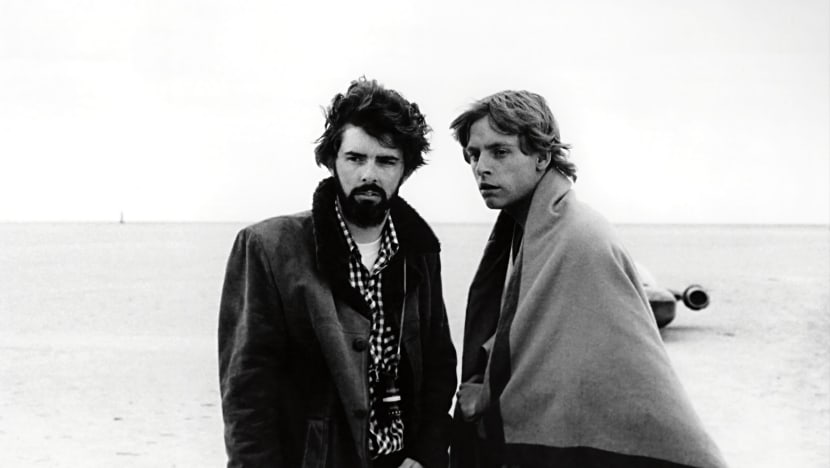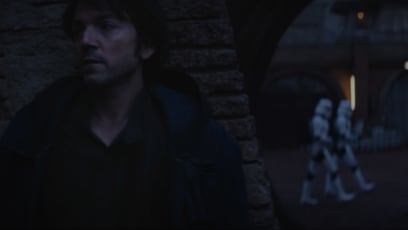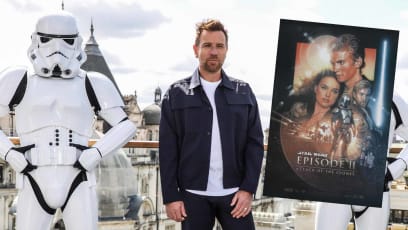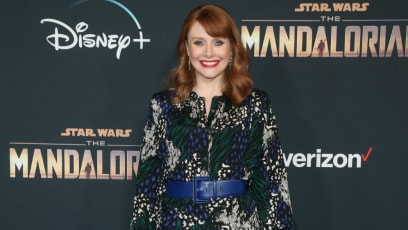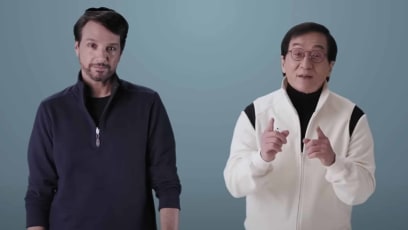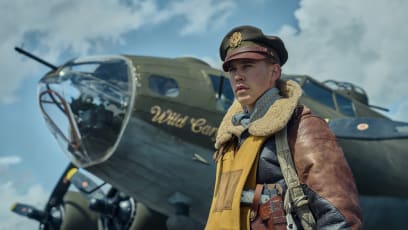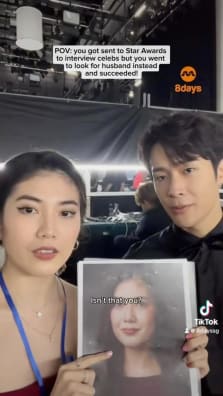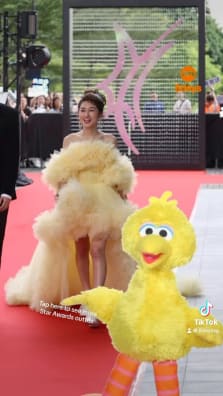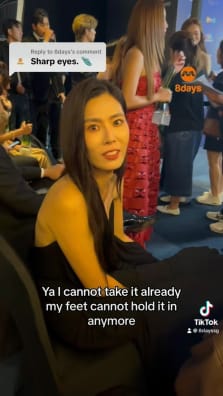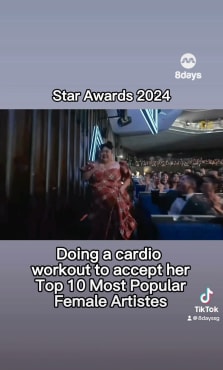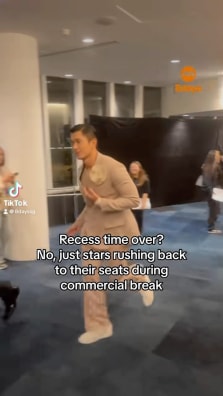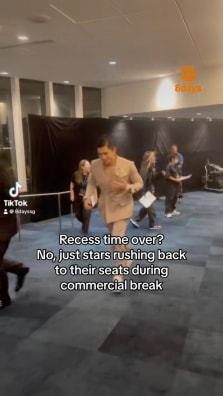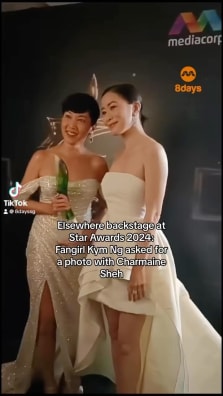Horror Maestro Mick Garris On How His Career Began In A Galaxy Far, Far Away — As A Receptionist On The First Star Wars Movie
“Star Wars, how may I help you?”
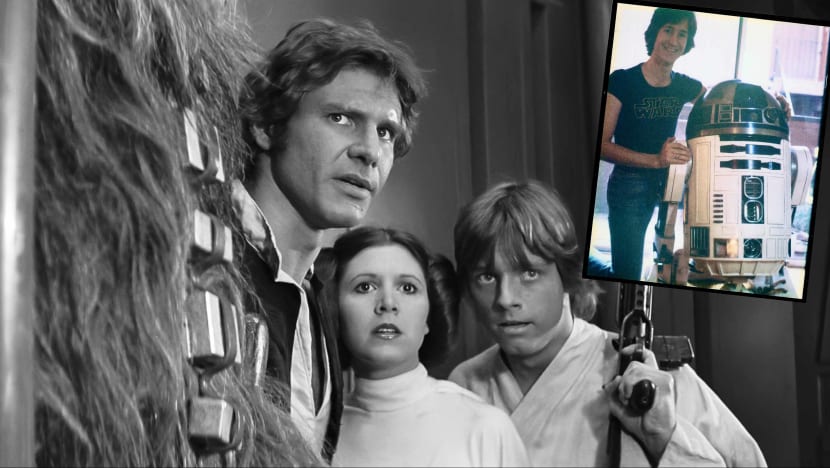
Horror auteur Mick Garris celebrated two major cinematic milestones this year. Sleepwalkers, the Stephen King-penned shrieker about a pair of mother-son shapeshifters preying on the blood of virgins in a small town, joined 30 club in April. In the same month, The Shining, the King-approved TV mini-series adaptation marked its 25th anniversary. (All in all, the Master of Horror and the creator of the anthology Masters of Horror, have worked on six projects together, with more in the pipeline.)
Next month, there’s The Thing, John Carpenter’s reviled-and-later-revered body-horror masterpiece hit the big 4-O. Garris, then a publicist for Universal Pictures, was responsible for putting together the behind-the-scenes featurette. “I went up to British Columbia, into the glaciers, “Garris tells 8days.sg via Zoom from his San Fernando Valley office. It wasn’t just the awe-inspiring landscape that made the shoot memorable: “When they were shooting, it was my 30th birthday — I celebrated on a floating barge that the crew stayed on, right off the frozen tundra of Alaska.”
Is there any other Garris-related milestone lined up in May? Yes, actually. Sorta, kinda.
This week, a little arthouse movie, set in a galaxy, far, far away, called Star Wars, turns 45. Truth be told, Garris, 70, had very little to do with the actual day-to-day production of George Lucas’s space opera: he was hired to answer phones at the then-Star Wars Corporation, Inc. It was a small gig that got his foot in the showbiz door. Besides writing and directing horror films and TV shows, Garris is also an author and is currently the host of Post Mortem, the indispensable horror-themed podcast where he chats with the genre’s established and up-and-coming writers, producers and stars.
A receptionist, huh? Like Pam, Jenna Fischer’s character, on The Office?
“Yeah,” says Garris, with a laugh. “Sort of, but there were not a whole lot of people in the office at that time. They were in different specialties. But I was there to field all the calls that went into those other offices.”
Here, Garris shares his memories of working at the Star Wars office and how that led to him working with a certain protocol droid at the Oscars.
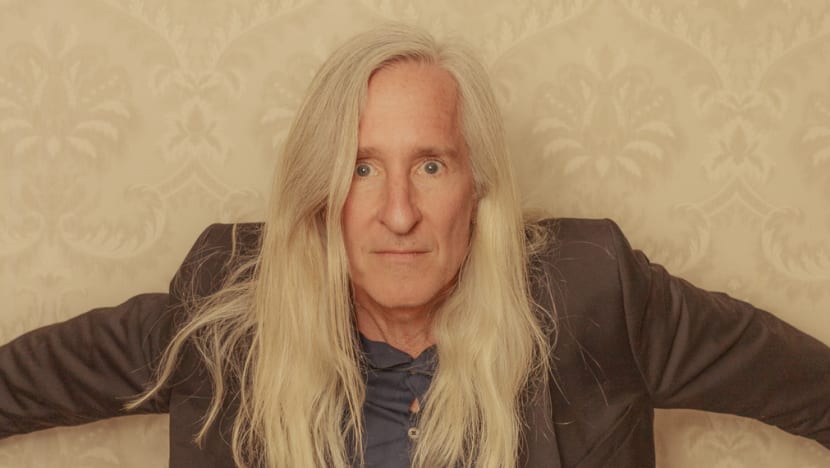
8 DAYS: So, Mick, how does one land a job as a receptionist in a galaxy far, far away?
MICK GARRIS: I was working at Tower Records and I was working as a journalist as well for genre magazines like Cinefantastique and things like that. And I was in a band at that time and just doing all kinds of things. A friend of mine, who had interviewed Roger Corman with me for a local Los Angeles newspaper, told me that they were looking for somebody at Star Wars and I didn’t know for what job. He said, “I think maybe answering phones or something,” and so I went in — and I had no money at all, I had nothing in my pocket — I went in and met with a guy named Charlie Lippincott, who kind of created the entire genre publicity business by going to Comic-Con with Star Wars before it came out and well in advance, getting the fan interest that the mainstream publicity never bothered with. So I was passionate about the genre, I knew my stuff, I went in looking for a job, and they hired me on the spot. So that was my first movie business job. I didn’t even have the two dollars in my pocket to get a hamburger for lunch when they all went out for lunch that first day they brought me along. Charlie had to pay for my lunch (laughs).
I’ve been in that situation before.
It was an amazing opportunity because I was answering phones for Star Wars, answering, “Star Wars, how may I help you?” And Harrison Ford would walk into the office and I didn’t even recognise him in his civvies, you know? He looked completely different, just a guy that came into this office that had previously been a doctor’s office. And he said, “Can I see Charlie Lippincott, please?” And I said, “Uh, who can I tell him is calling?” He said, “Harrison Ford.” Oh, jeez! Totally embarrassing. Then they gave me the opportunity to operate the R2-D2 robot at the Oscars that year, so that was thrilling. And I started to learn a lot about publicity, which I put into practice at my next jobs after that doing specialised genre publicity for Avco Embassy and later for Universal.
This was even before Lucasfilm was formed, right?
It was actually called Star Wars Corporation. I even have some of the stationery still, and it had the logo that was on everything before the official logo of the movie came out. [The office] was in Los Angeles; [George] Lucas was in Northern California in the Bay Area, but we were based just off the lot at Universal, because George had offices at Universal because of American Graffiti. Even though Fox was the studio for Star Wars, he was still basically based at Universal. At first, we were in this former doctor’s office a few blocks away from Universal, then we moved into what had been a motel and that became offices for Star Wars. And my office was next to John Landis when he was prepping and shooting National Lampoon’s Animal House. That’s where we first met and became friends. And then it moved into the Egg Company, which is a building that Lucasfilm had built for the sequel to American Graffiti, More American Graffiti. So I did publicity on that, and briefly was in what had been a former egg processing plant across the street from Universal that they’d turned into a beautiful modern production office’s facility that is no longer there; it was torn down years ago to make room for the Universal City subway station.
I did some catching up on Star Wars lore by watching the Ken Burns documentary Empire of Dreams: The Story of the Star Wars Trilogy and reading the Peter Biskind book Easy Riders, Raging Bulls. It's well documented that George Lucas was grumpy most of the time because he was under the gun for budgetary issues and demanding special effects, which was entirely new then. Did those anxieties, behind-the-scenes drama trickle down to you as a receptionist?
By the time I was working there, the shoot had finished. The shoot was based in the UK. I was never anywhere near there, and my duties were more for Charlie Lippincott than for George Lucas, because George basically was up north most of the time. He would occasionally come in and visit the offices to take care of business, but I never was on the receiving end of the frantic… the 9.5-million-dollar budget of the original Star Wars.
You said George Lucas had been to the office a few times. What was it like meeting him?
Amazing to me, not so much to him. Very, very quiet, and very kind of distant. He was a very shy guy, and there was really no reason to have a conversation. So I never really had any long conversations with him — I was just around. Sometimes I’d be in a meeting that he was in, talking about the marketing or merchandising or publicity for the film. And really, by this time, the pre-production for More American Graffiti was going on and they had me writing the press kit for that and things like that. Their publicist, Joan Eisenberg, started showing me the ropes of doing publicity, and then assigning me parts of the press kit where I would interview people making the movie, the actors, the filmmakers, and all that, and learnt how to put that together into a press kit.
Did his Movie Brat pals — Steven Spielberg, Francis Ford Coppola, Brian De Palma. et al — ever swing by?
Well, later I worked with Spielberg [on Amazing Stories], but they were around more when the Egg Company opened up, because that was where they were doing pre-production for Raiders of the Lost Ark. They had [artist] Ron Cobb doing designs in the offices there, and in the Warner Brothers offices of John Milius’ company, because he was a producer on that. So occasionally, you’d get storyboard artists who would come into the Egg Company. Frank Marshall and Spielberg came in a couple of times. I also met Spielberg on the Universal lot when I was doing publicity for their genre films, and he was making E.T. while John Carpenter was making The Thing in 1982.
What was a typical phone call you get at the Star Wars office?
Well, I wouldn’t be in on those phone calls, but I would transfer them. It would be like, “This is Marc Pevers” — he was the vice president of marketing — “calling for Charlie Lippincott to discuss the Kenner deal with the dolls that were being made,” you know, merchandising, things like that. Or, “this is so-and-so from People Magazine, wondering if we can get an interview with Carrie Fisher.” It was mostly fielding calls like that, and sometimes, it would be, “This is [producer] Gary Kurtz calling, can you put together this paperwork, this pile of photographs that we need to go through and send them up to us up north?” Or George’s office would call, wanting clips for a trailer or something like that. It was very mundane, but it didn’t seem like it to me because I was working for Star Wars!
At that time, no one in Hollywood knew what to make of Star Wars. Did it feel like you were part of something life-changing?
I knew it was something unique and special, but usually, something special within the genre is only embraced by genre fans. I don’t think anybody had any idea that everyone would be sucked into it. I think everybody knew it was special, but nobody expected it to be the No.1 movie of all time. At that time, anyway.
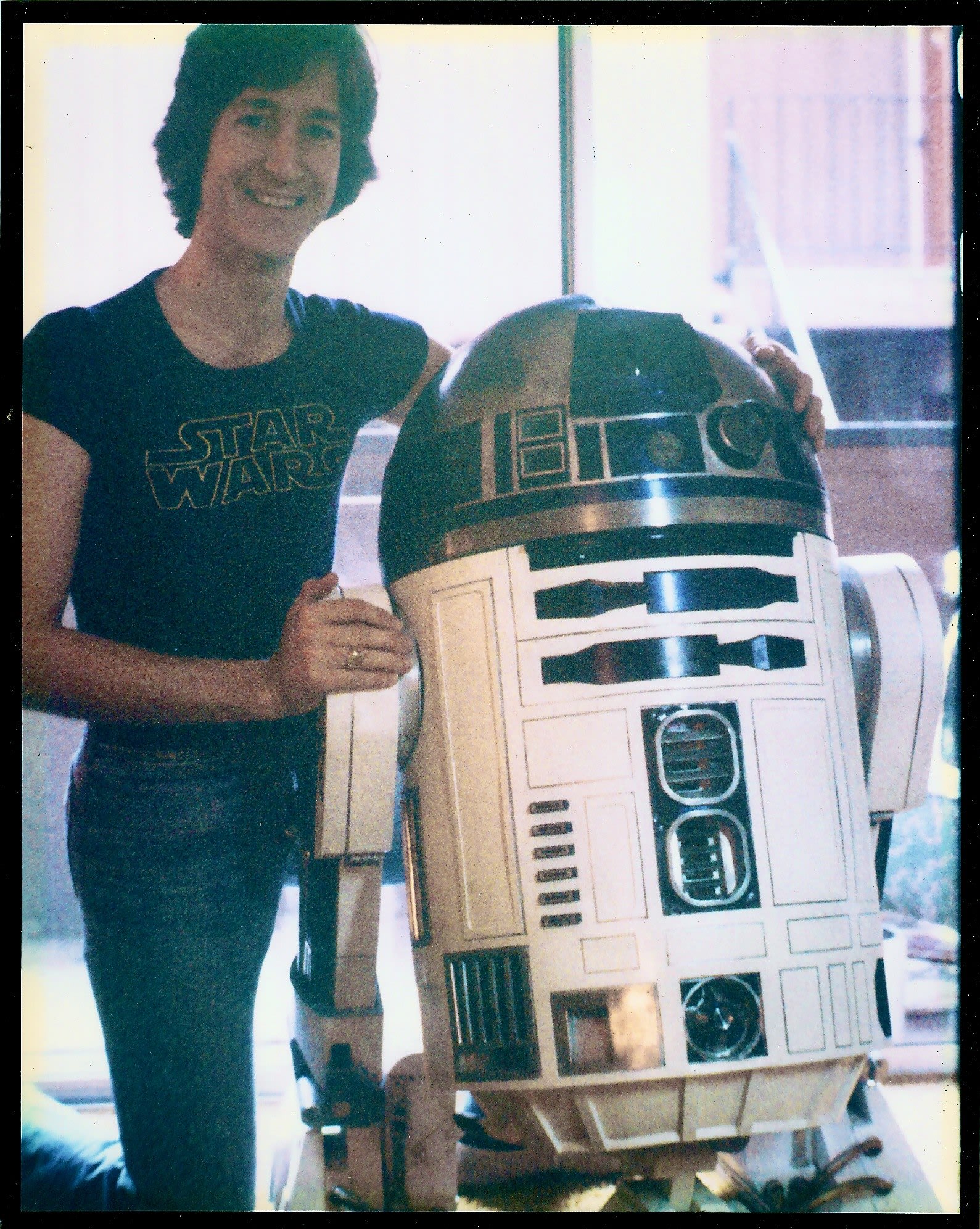
Bosom buddies: Garris with his pal R2-D2, getting ready for the Oscars. Garris saw Star Wars opening day (May 25) at the Chinese Theater on Hollywood Boulevard. "I was the most amazing movie experience I've ever had," he recalls.
Overall, what lessons did you learn from your receptionist stint at Star Wars Corporation?
You learn to deal with people and keep your cool no matter what the pressures are. It’s going to be okay — there are going to be people who get upset, and you just deal with it. And it soon goes away once the problem is solved. That’s something that I had not really been exposed to because I’d never been near a corporate life before. I’d been in a band, I worked in record stores, and suddenly I’m in the rarefied air of the offices of the biggest movie in history. So just learning how people dealt with people, and later on in publicity particularly, knowing how to prioritise and making people feel like they were being paid attention to, whether I could help them or not. Particularly in publicity, where sometimes they’d be asking for interviews with actors that there was no way I was going to be able to help them do that. Let them know that every attempt was made — that they weren’t being ignored, returning their calls, and handling things right away rather than putting them off.
You were at the Oscars in 1978 as well — operating R2-D2! How did you score that gig?
Well, I got it because I was the guy who was available, and I was starting to handle some of the personal appearances with R2. They had taught me how to operate him. I operated him at a film convention for theatre owners before this, and I even have a R2-D2 T-shirt — I still have it — that has “Manager” printed on it. I was just lucky enough to be in the right place at the right time. I was in my tux, I was backstage with Bette Davis, Jack Nicholson, Olivia Newton-John, Diane Keaton, and all these people. It was really kind of amazing. It’s the first and last time I’ve ever been to the Oscars. But to be in that rarefied air, as a part of the movie that was the biggest sensation at that time, was pretty incredible. Everybody wanted to see R2-D2 and C-3PO. I’m just behind a curtain with a little Futaba remote control unit that you use for flying planes and toy cars, and I’m operating R2-D2 and he had a little cassette tape recorder inside the unit. This was a remote-controlled R2-D2. There was no actor; Kenny Baker wasn’t in it. But it had a switch on the remote control that would turn on and off the cassette player, and you just have to guess where the tape was going to be. So when it was time for R2 to talk, I’d flip the switch and hopefully it’d be at a good point because there was no rewinding it remotely (laughs).
Did you rehearse many times?
No! Because it was an awards show, there was a rehearsal lunch, but it covered really just very broad strokes because nobody knew who was going to win, and it would’ve taken forever. At that rehearsal, I was seated next to Frank Capra. Nobody was talking to him. He was this forgotten old man, and I was asking him about all of his movies like It’s a Wonderful Life. That was thrilling, and everybody else was ignoring him. It was kind of shocking to me.
There’s a new Obi-Wan Kenobi limited series on Disney+ starring Ewan McGregor. Do you have any Obi-Wan Kenobi or Alec Guinness anecdotes to share?
I wish I met him, but I never did. Richard Edlund, who handled the special effects on Star Wars, told me that they knew the movie was going to be good. Richard said to me, “Once they hired Alec Guinness, I said to myself, this is going to be the biggest movie ever.” It’s easy to say that in hindsight, but he said that back then. I never was privy to any of what went on during production. [But] just knowing that this space opera has one of the most revered stars of the British stage and screen in a major role, it just elevated it in ways nobody expected.
Listen to Post-Mortem with Mick Garris on Apple Podcast. Obi-Wan Kenobi and Empire of Dreams: The Story of the Star Wars Trilogy are now streaming on Disney+.
Photos: Richard Alden Peterson, Mick Garris, TPG News/Click Photos





